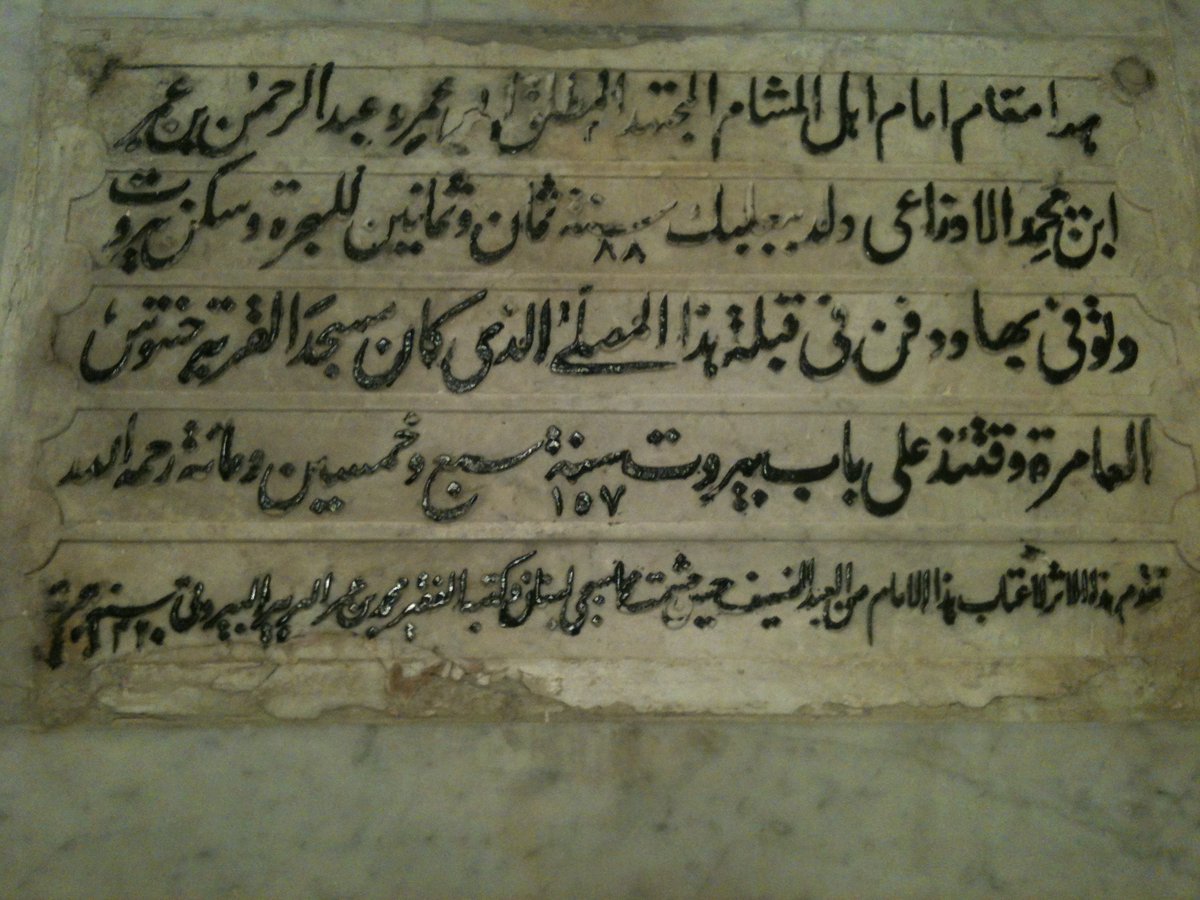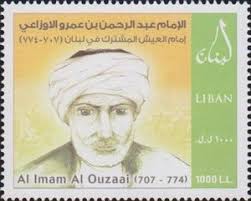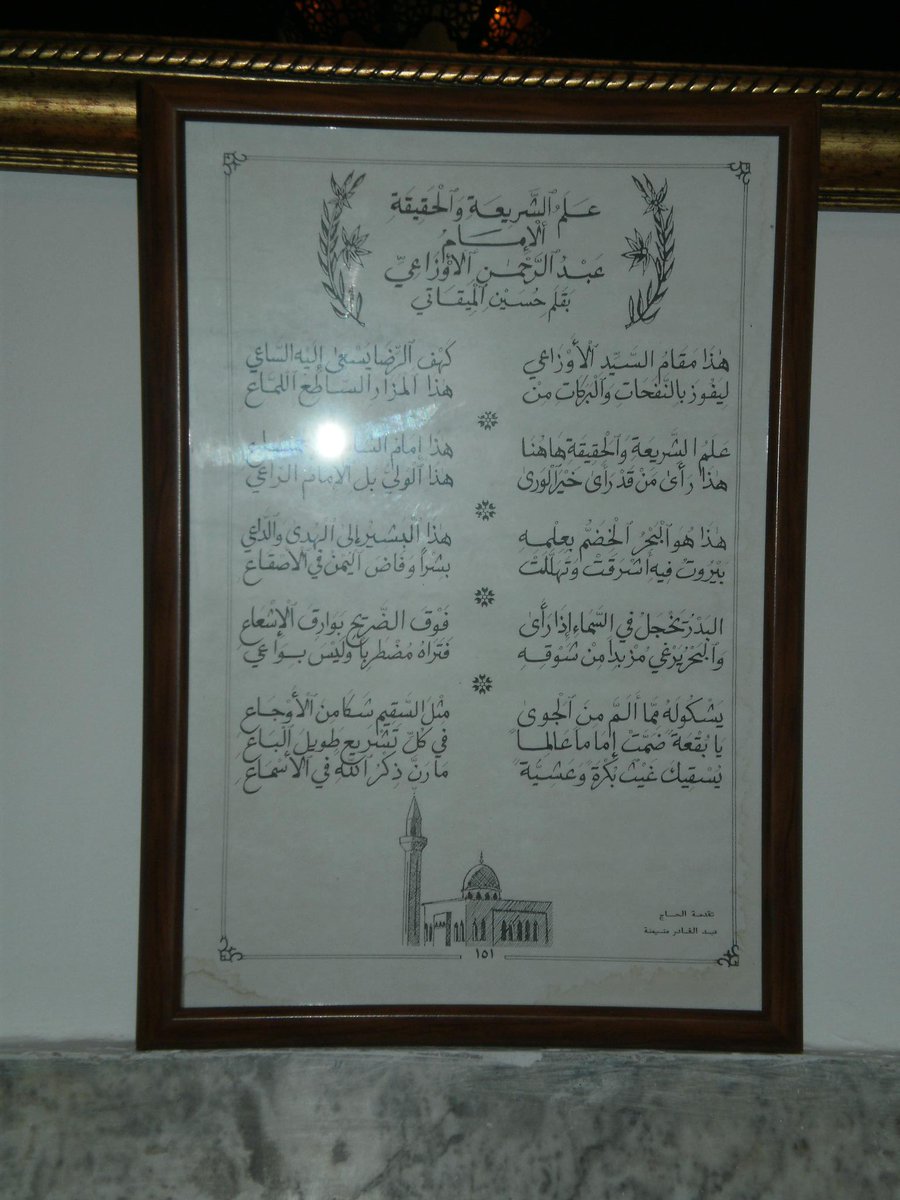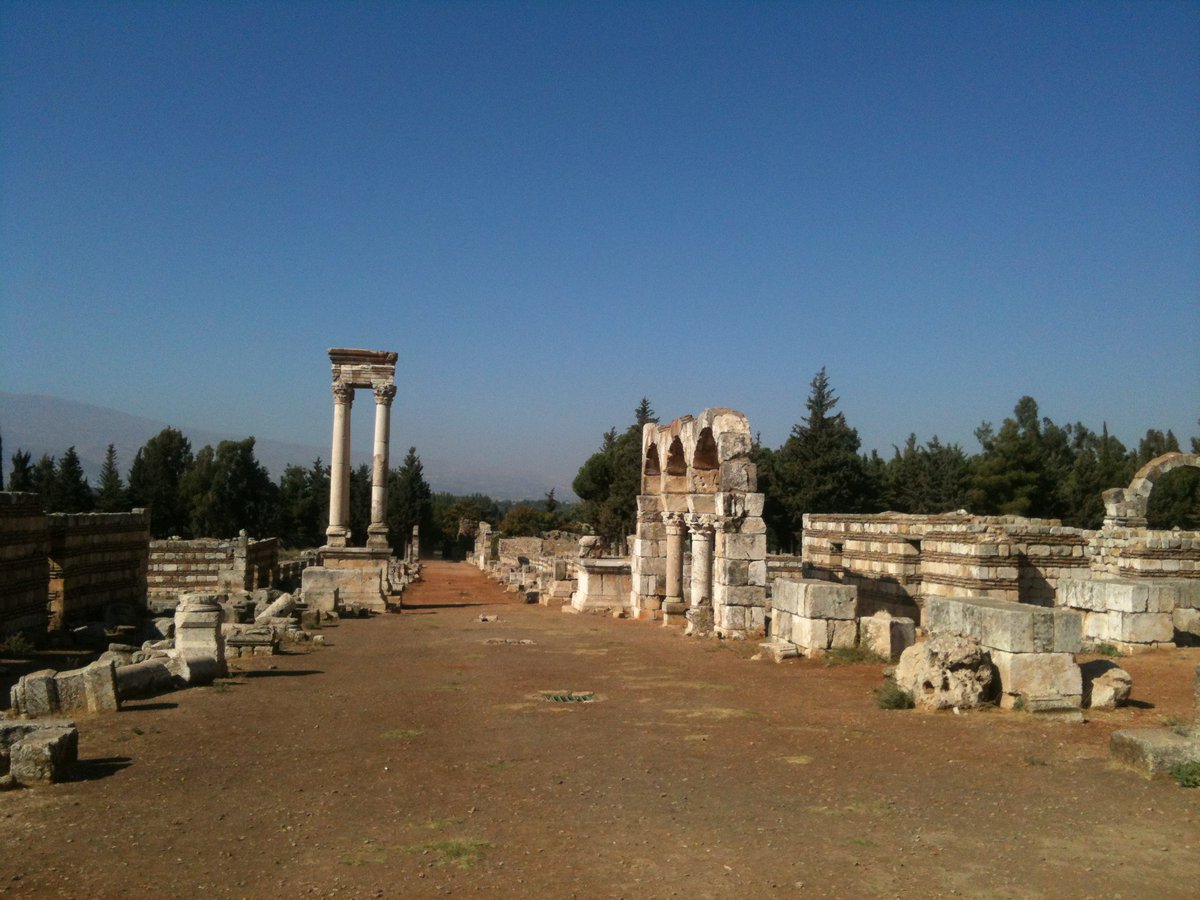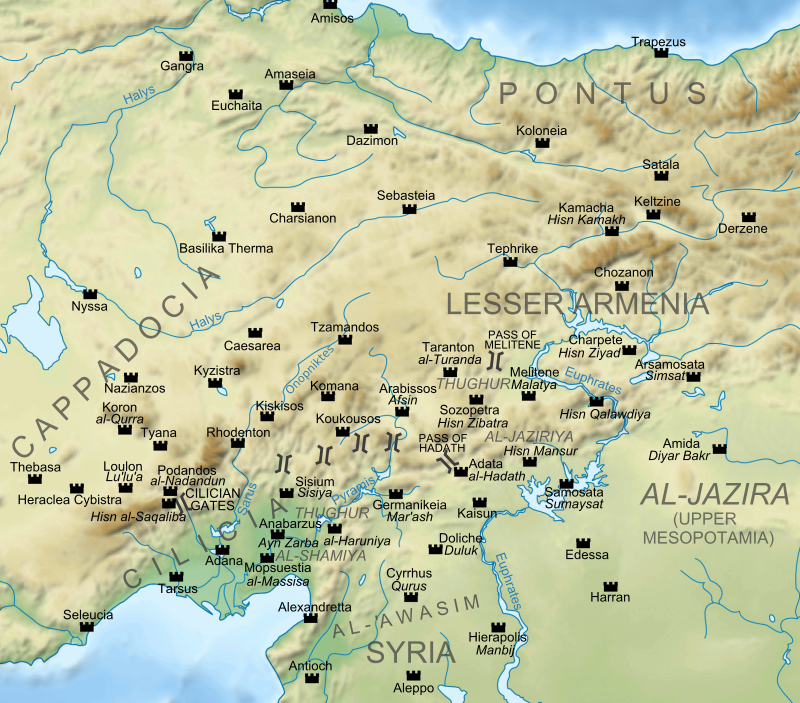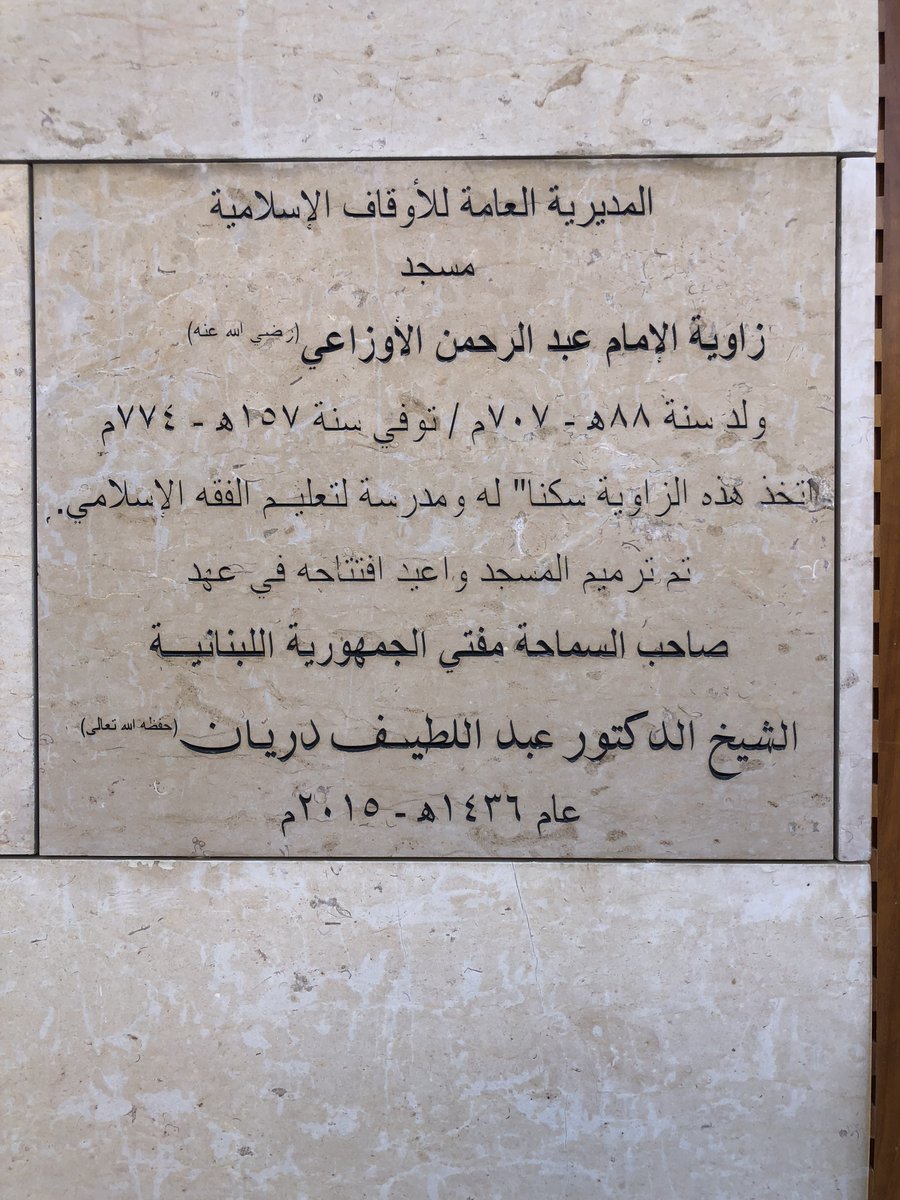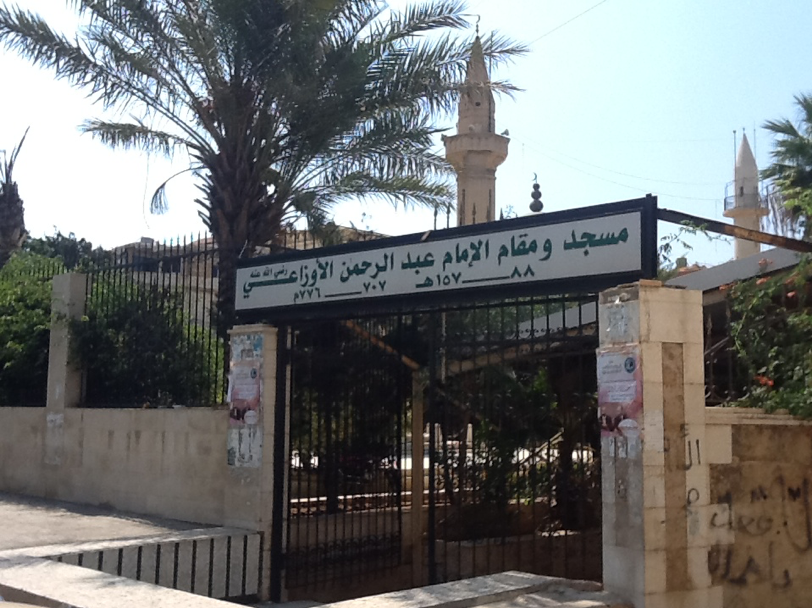1)Rana here, we are here at the end of this Tweeting journey and I want to dedicate it to al-Awzā‘ī (d. 774), the most famous inhabitant of Beirut, with whom I have a personal connection -rm
2) When you visit his shrine on the road to the airport, you will find on the wall a poem by my great uncle and poet ‘Umar al-Mīqātī.
3)My connection to al-Awzā‘ī is even earlier. In November 1105/1693, my ancestor Ahmad ibn ‘Izz al-Din took the #Sufi scholar ‘Abd al-Ghanī al-Nabulsī on a tour of al-Awzā‘ī lieux de mémoire in #Beirut, including the madrasa of al-Awzā‘ī where Ahmad resided and studies-rm
4) Who was al-Awzā‘ī? He came from humble origins. It is unclear whether he was an Arab or client of an Arab tribe, even possibly a descendant of captives from Sind. He was born in the Bekaa, possibly in Karak Nuh, when ‘Anjar was under construction by the Umayyads-rm
5) Al-Awzā‘ī was raised by a single mother eventually taken under the wing of an older Arab man who enabled him to join the Muslim army. So al-Awzā‘ī started out as a simple #soldier and was sent to fight in al-Yamama. This is where he will turn to religious scholarship-rm.
6) Long story short, al-Awzā‘ī became faqīh al-Shām (Syria) in the 8th century and later, the founder of a #madhhab. He was renowned for his deep knowledge of the law of war. He came to be associated with the Umayyad caliphs and their court in #Damascus-rm
7) Toward the end of Umayyad reign, as the situation in #Syria deteriorated, al-Awzā‘ī left Damascus for #Beirut to perform ribāt and live safely away from the #Abbasids.
Beirut becomes the place from which al-Awzā‘ī teaches and corresponds with scholars and caliphs alike.
Beirut becomes the place from which al-Awzā‘ī teaches and corresponds with scholars and caliphs alike.
8)al-Awza’i was also a man of the people and used his status as a religious scholar to intercede on behalf of his community, both Muslim and Christian. Out of his residence in Beirut, he was connected to and wrote to people as far apart as Mecca and Erzurum!
9) An example of his intercession to obtain #justice for the people. In the aftermath of a #revolt by the Christians of #MountLebanon in 759, al-Mansur’s governor planned to expel the population. Al-Awzā’ī advocated for them in a letter reminding him of his duty to protect-rm
10)In another letter, al-Awzā‘ī writes to secure the ransom for Muslim women and children taken captives by #Byzantine forces on the Anatolian frontier around 755-757 at Qālīqalā. From Beirut, he writes letters to the #caliph al-Mansur, his uncle, and his treasurer for help-rm
11)In his lifetime and after his death, the presence of al-Awzā‘ī in Beirut attracted students. A core of #hadith scholars grew around him. these students were sought by the likes of Ibn Abī Ḥātim and al-Tabari. I was able to find 4 generations of Awza'i scholars in Beirut-rm
12)In 774, the scholar of Syria died in Beirut, in one of its bathhouses, possibly the one excavated opposite the Omari mosque. The places where al-Awzā'ī lived, studied, and died were still part of Beirut lore until the Civil War.
13)His student says about his death: when we heard the commotion, I went out and saw a Christian throwing ash on his head. The Muslims still remember him. We all went out for his funeral in 4 groups. The Muslims carried him, and the Jews, Christians, and Copts accompanied him.-rm
In his death, al-Awzā‘ī joined the ranks of the pious (awliyā' al-ṣāliḥīn) who populate the landscape of Muslim cities and imagination.
12)For more on his letters and his relationship with the Abbasids, see my article in the Journal of Abbasid Studies. #Abbasid -rm https://www.academia.edu/43418704/Missives_from_the_Frontier_130_152_747_769_Al_Awz%C4%81%CA%BF%C4%AB_and_the_Abbasids
13) More vignettes and elements of al-Awzā‘ī’s life and how a microhistory of this scholar’s life that illuminate many aspects of Beirut’s history is included in my current book project: Creating an Early Islamic City: Beirut, Jihad, and the Sacred-rm

 Read on Twitter
Read on Twitter